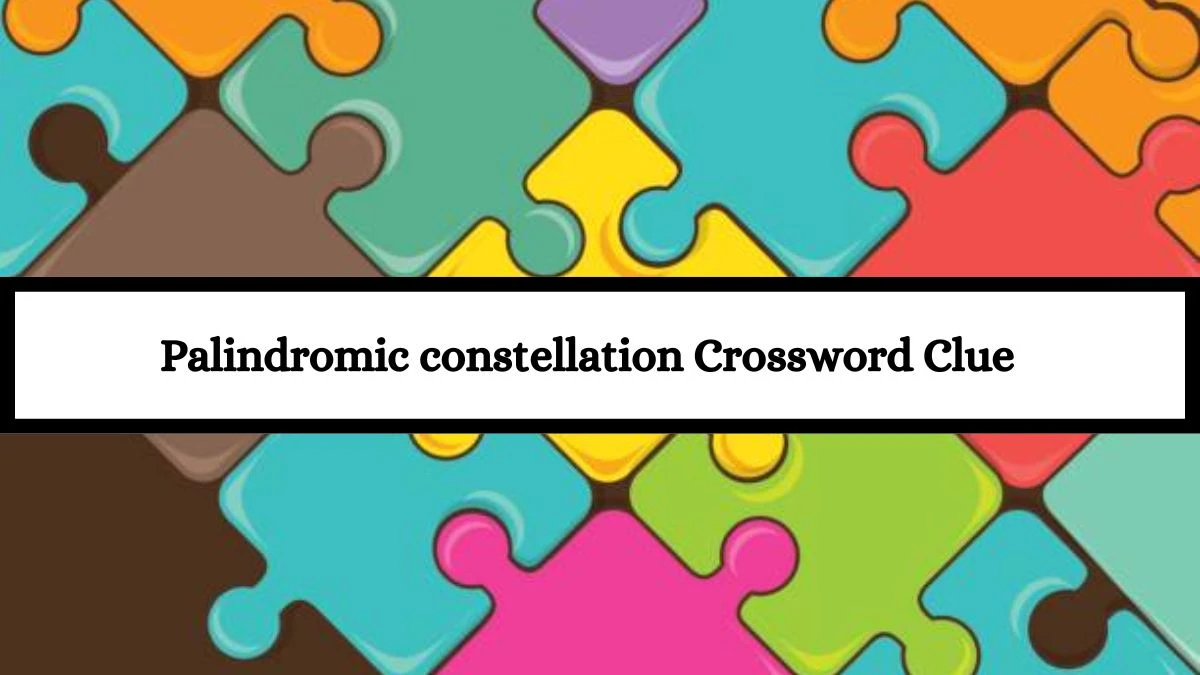Introduction
The night sky has always fascinated humanity, serving as both a muse for poetry and a canvas for science. Among the myriad of celestial phenomena, the concept of a “palindromic constellation” captures the imagination with its blend of symmetry and astronomical wonder. While not an officially recognized term in astronomy, a palindromic constellation can be thought of as a grouping of stars that exhibits a symmetrical, mirror-like arrangement, reminiscent of a palindrome in language.
What is a Palindrome?
A palindrome is a word, phrase, number, or sequence of characters that reads the same forward and backward. Common examples include words like “radar” and “level,” or phrases like “A man, a plan, a canal, Panama.” The key characteristic of a palindrome is its symmetry, which is visually and structurally pleasing.
The Concept of a Palindromic Constellation
Applying the concept of palindromes to constellations involves imagining star patterns that mirror themselves across a central axis. While the official constellations recognized by the International Astronomical Union (IAU) are based on historical and mythological associations rather than geometric symmetry, the idea of palindromic constellations invites us to explore the night sky with a fresh perspective.
Examples of Symmetry in Constellations
Although true palindromic constellations may not exist in the strictest sense, several constellations exhibit notable symmetrical properties:
- Orion: One of the most recognizable constellations, Orion, has a roughly symmetrical shape. The central belt of three stars, Alnitak, Alnilam, and Mintaka, is flanked by Betelgeuse and Bellatrix at the shoulders, and Saiph and Rigel at the feet, creating a balanced figure.
- Cassiopeia: This W-shaped constellation, representing the mythological queen Cassiopeia, has a clear axis of symmetry. The stars Schedar, Caph, Gamma Cassiopeiae, Ruchbah, and Segin form a zigzag pattern that can be mirrored along the central star.
- Cygnus: Also known as the Northern Cross, Cygnus features the bright star Deneb at the top, with a cross-like formation of stars creating a symmetrical shape. The wings of the swan, Albireo and Gienah, extend outward, balancing the constellation.
The Beauty of Symmetry in Astronomy
Symmetry is a fundamental aspect of nature and often indicates underlying order and harmony. In astronomy, symmetrical patterns can be found not only in constellations but also in the structures of galaxies, planetary rings, and the orbits of celestial bodies. The human brain is naturally drawn to symmetry, finding it aesthetically pleasing and easier to recognize.
Imagining New Palindromic Constellations
The concept of palindromic constellations encourages stargazers to engage creatively with the night sky. By identifying and naming new symmetrical patterns, we can deepen our appreciation for the cosmos and its infinite possibilities. Here are a few steps to imagine and create your own palindromic constellations:
- Identify a Central Axis: Look for a prominent star or a line of stars that can serve as the central axis of symmetry.
- Find Mirror Images: Search for pairs of stars that mirror each other across the central axis.
- Create a Narrative: Develop a story or mythological background for your new constellation, adding cultural and historical significance to your creation.
- Share Your Discovery: Share your palindromic constellation with fellow stargazers, astronomers, and the wider community, contributing to the rich tapestry of human interaction with the night sky.
Conclusion
While palindromic constellations may not be an established category in astronomy, the concept invites us to view the cosmos through a lens of symmetry and creativity. By exploring the night sky for symmetrical patterns, we can enhance our understanding and appreciation of the celestial wonders above us. So next time you find yourself under a starry sky, take a moment to seek out the hidden symmetries and imagine the stories they might tell.

Leave a Reply